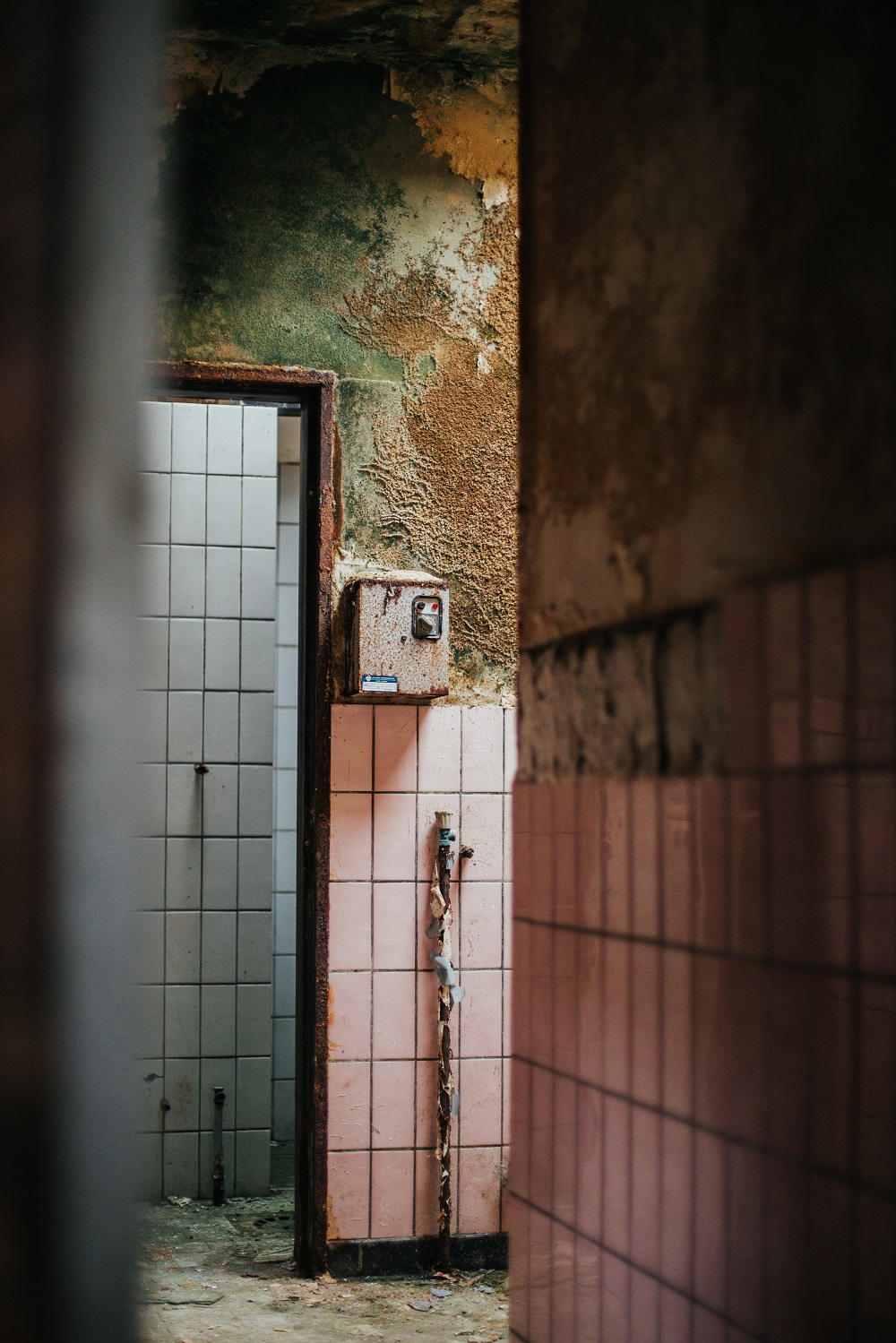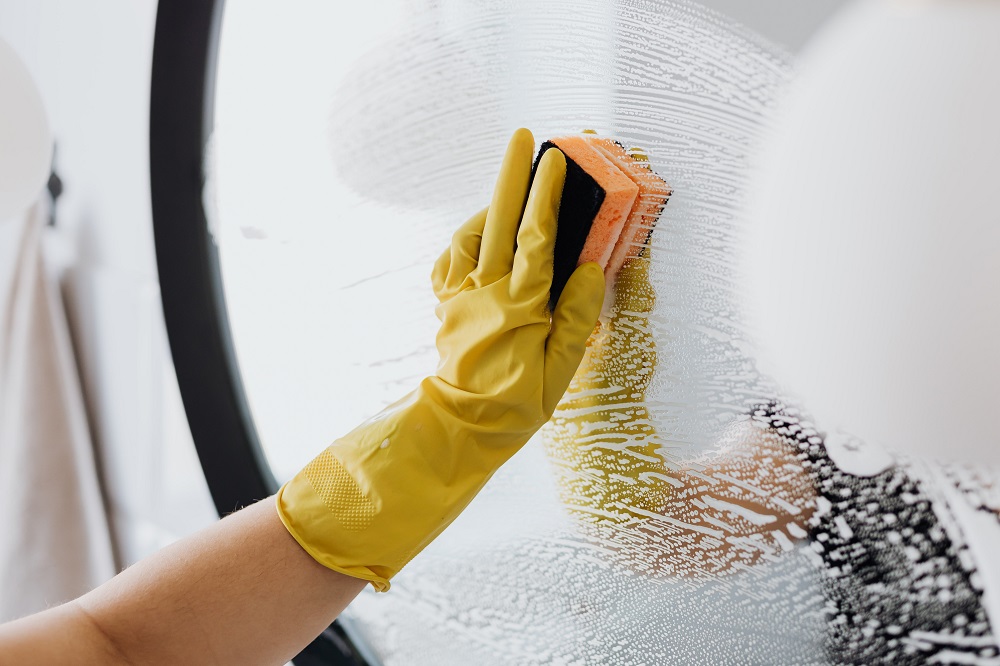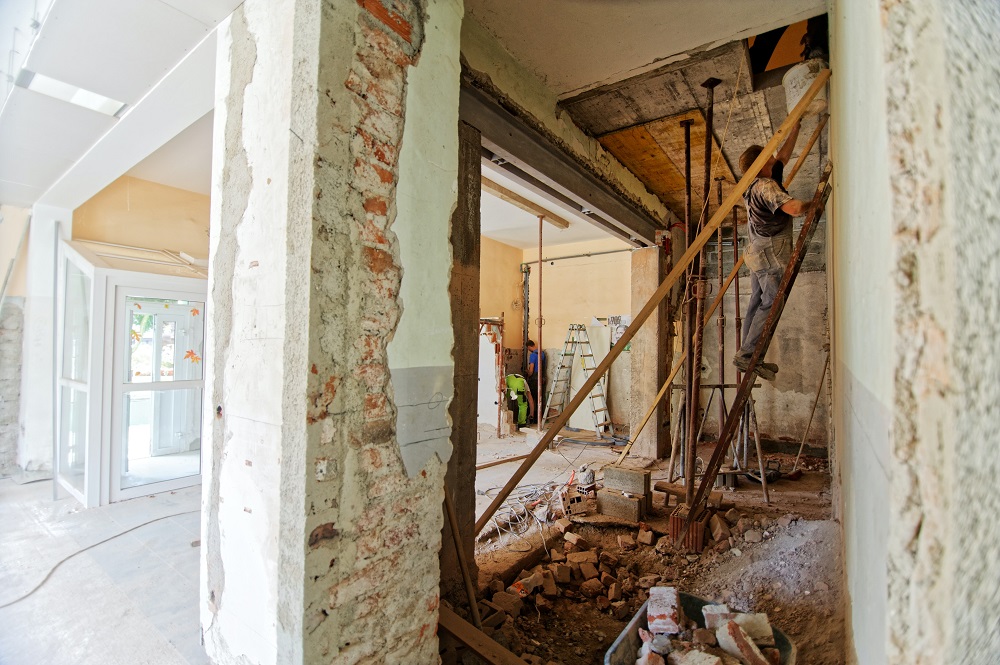
Must-Know Bathroom Mould Cleaning Tips
By 911 Water Damage Experts
Household chores are never anyone’s favourite thing to do. However, there’s one chore that many people dislike more than most, and that’s cleaning the bathroom.
Aside from having to scrub toilets and mop floors, many people find themselves having to contend with mould. If you’re facing this very battle and you’re not sure what to do about it, the following information may prove helpful.
Most Common Bathroom Mould Types
There are over 100,000 mould types in the world, but only around four varieties you will likely find in your bathroom.
These are:
-Aspergillus
-Penicillium
-Stachybotrys (black mould)
-Cladosporium
Colours can range from green and dark brown to yellow and black, and they all tend to take on similar appearances. Regardless of the mould type, though, it’s better that it’s not in your bathroom at all.
Mould left to grow out of control can cause respiratory issues such as coughing and wheezing. It can also be especially dangerous for people with respiratory conditions like asthma. The sooner you give mould its marching orders, the sooner you can enjoy a healthier bathroom environment.
Preventative Measures
Mould loves dark, damp environments, and bathrooms can often be where it thrives. While you may not always be able to stop it from growing, there are certainly plenty of things you can do to reduce growth in the first place.
Ensure your bathroom exhaust fans are working, and consider installing a dehumidifier to make sure humidity levels aren’t any higher in the bathroom than 50 percent.
You may also see the value in changing air filters regularly and making sure no pipes are leaking that may eventually contribute to mould growth.
Even cleaning your bathroom with mould-killing products before it takes hold can be an excellent preventative measure to stop it in its tracks. We’ll cover some of these measures in greater detail below.
Bathroom Fan Installation
If your bathroom doesn’t have a fan, or the one you have doesn’t seem to be adequate, this is one straightforward change you can make to prevent mould growth.
Make sure the one you choose is capable of ventilating your entire bathroom. Your local hardware store may be able to assist if you give them your bathroom’s dimensions.
For the most effective use of your fan, turn it on before you start your bath or shower. Once you’re finished, leave it running for at least half an hour afterward. Complement this measure by leaving a window open to keep those humidity levels low.
Remove Moisture Post-Wash
Even if you’ve left showering to the last minute and you’re in a hurry, it’s crucial to get into the habit of removing excess moisture from your bathroom after you’ve finished. Fortunately, this process is fast and easy.
All you need to do is use a squeegee on the walls of your shower or bath, or even a cloth. This one simple task can make your bathroom much drier and less desirable for mould spores.
Seal Your Grout
House maintenance can be overwhelming, particularly as you can already be caught up in your daily errands, work, and family life. However, if there’s one thing you don’t want to skip doing, it’s sealing the grout in your bathroom annually.
It’s a quick, easy job, but one that can stop mould from growing in the porous grout material. Once it’s in there, it’s impossible to remove. If you already have a significant amount of mould in any bathroom sealant products, it may be in your best interest to remove it and start again.
When applying, use a gloved hand to stop the bacteria in your skin from reproducing on the silicone and grout. You can also keep those sealant products in good condition by cleaning them with a toothbrush frequently.
Be Proactive With Cleaning
The bathroom should be one part of your home that you clean more than others – even if it’s your least favourite job. Stay on top of mould growth by using a cleaning solution with a bleach, hydrogen peroxide, or vinegar base. These may all be helpful for killing mould in large and small areas.
You can also buy dedicated mould cleaning products, but homemade products with the ingredients mentioned above can be just as effective. You won’t need to spend hours cleaning your bathroom, but once or twice a week with these cleaning products may be how you keep mould growth at bay.
Don’t Neglect Accessories
While you’re busy focusing on your shower walls and vanity, you may be neglecting the other things in your bathroom that can quickly succumb to mould. Get into the habit of cleaning bath mats, toilet mats, towels, and anything else featuring fabric often.
When these are left to soak up moisture and aren’t given an opportunity to dry, they can become havens for mould growth. Where possible, store towels in another room and invest in heated towel rails to dry your bath towels quickly.
Renovate With Easy-Care Materials
If the time has come to undertake a complete bathroom renovation, put thought into the materials you will use in the space. Easy-wipe surfaces like prefinished wall panels can be ideal for busy families who just want to wipe down walls quickly.
Refrain from using carpets and textured wallpapers that aren’t suitable for bathrooms. Tiles and linoleum are some of the better choices, but your local builder can advise on the best options for your home.
Call Mould Removal Experts
If mould has been left to grow out of control, you may not be sure if any of these helpful hints above will be of any use. In that case, it might be worth calling in mould removal and remediation experts.
They can assess the situation, advise on whether any building materials need to be removed, and clean surfaces that may not require replacement.
Their goal with any mould remediation work is to stop its growth, kill off live mould spores, and give you a blank slate to work from so that some of those tips above can be helpful.
Feel free to contact us at 1-833-WE-DRY-IT 24/7/365 any time if you have any questions or drop us a message in near real-time on our Facebook fan page.
Related Posts:
What’s causing mould in your home? Here are the top reasons why
How to prevent mould growth after a flood
A pipe burst in my business building – what do I do?
What to do when a water pipe bursts in your apartment
Hire the right mould removal company by asking these vital questions
15 interesting facts about mould
What causes mould damage and what you can do about it
Top common signs of water damage: here’s what to look for






